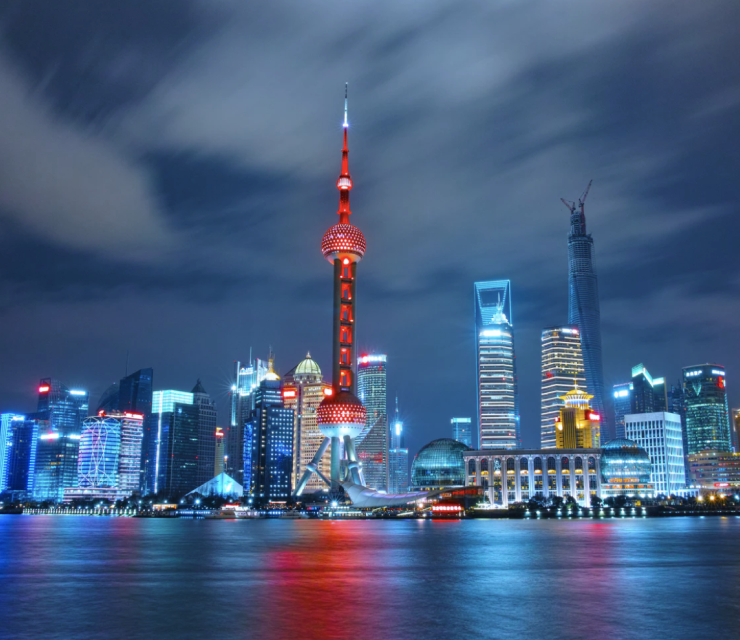
March 9, 2022
How should Perfect Day launch a new brand in Asia?
Read more
March 26, 2021

First published by Ana Coutinho on Marketing Interactive on 26 March 2021
Digital transformation was already on the agenda of most companies prior to Covid, but the pandemic accelerated the digitization of products and customers’ interactions at a pace that no one thought possible. Digital transformation is now a priority for brands to achieve at pace. We’re having a lot of conversations about e-commerce, digital journeys, digital advertising and digital traffic.
Having lived and worked in China, which is at the forefront of the digital economy, many ask me about novelties in e-commerce from this side of the world. The Chinese market is very dynamic and there are always innovations, some of which will succeed beyond China such as Super Apps, and others which remain a Chinese phenomenon (ever heard of in-chat payment?). So which digital exports can we expect to see gaining global popularity next? From the recent set of successful innovations in China, I’m backing social e-commerce and live commerce.
SOCIAL E-COMMERCE
In these social e-commerce platforms, products and services are offered at significantly reduced prices if consumers buy in large quantities. Consumers are encouraged to send the offers to friends and family to close the deal. Additionally, by completing certain tasks, such as browsing and playing with friends, they can unlock more benefits or access special discount coupons.
Interestingly, these platforms do not follow a product index-based e-commerce model, instead users are encouraged to browse through their mall to discover categories and more product. The idea is to replicate the behavior of groups of friends shopping offline (i.e. going through a mall discovering price deals and influencing each other’s purchase decision).
This group buying model is attractive for shoppers with a limited budget and has seen great success, especially in lower-tier cities in China. All major e-comm players in China have launched their version and are fiercely competing for customers, Pinduoduo being the most successful of them.
Until now this trend hasn’t really seen traction outside of China, as Western shoppers have been willing to purchase services (e.g. through GROUPON) but not discounted products online, given poor quality or unreliability perceptions of discounting. But as online shopping becomes more familiar in the COVID era, why not buy discounted items online with your friends in a fun way instead of buying at your local discount store? For brands the group-buying model is a great opportunity to both expand penetration into lower-social economic levels cities and to clear inventory.
LIVE COMMERCE
The convergence of livestreaming and e-commerce has seen incredible success in China. Key Opinion Leaders (KOLs) broadcast live on streaming platforms to showcase products, try them on, explain the benefits, and offer limited quantities of price deals.
All is fast-paced and interactive. Viewers can ask real time questions to the KOLs and are also shown how much product is being sold or still left to buy for that limited deal. Conversion rates are high, as streaming happens in platforms like Taobao, where traffic is already strong, and viewers can buy products with just one click.
The success of livestreaming in China drew the attention of Amazon, Instagram and Facebook. Amazon launched its livestreaming shopping platform, Amazon Live, in 2019 and Instagram and Facebook have launched their versions of the service in their platform as well (not offered in all markets yet).
These platforms have strong traffic, however content is not as engaging and entertaining as what is being streamed in China, and in the case of Facebook and Instagram logistics information needs more clarity to encourage consumers to purchase. Additionally, the most trusted and well-known influencers have not yet embraced live commerce as the Chinese KOLs and trust is a key factor to drive conversion. Nevertheless, if brands can engage strong influencers to embrace live commerce and execute engaging content, we will see its boom outside of China, adding an emotional connection to online shopping, and providing a direct real time understanding of consumers’ reaction to products.
Time will tell if live commerce or social e-commerce will be just a Chinese phenomenon or expand to other markets.I’m betting they will. What about you?